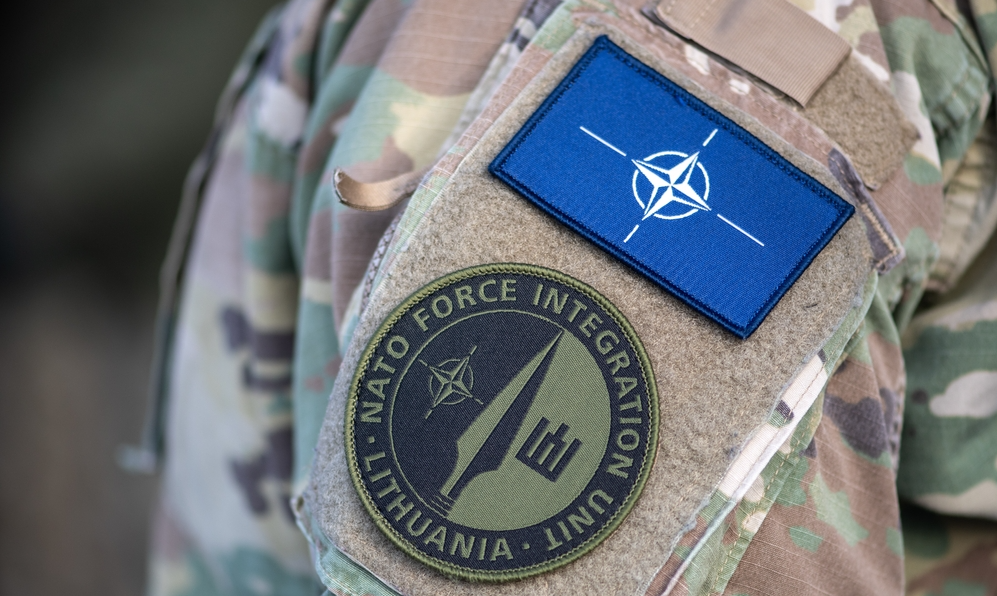NATO has unveiled a bold new defense spending goal, aiming for 5% of GDP by 2035. Here’s what the target entails and why it’s causing friction among allies.
Others are reading now
As global threats evolve and tensions mount in Eastern Europe, NATO is recalibrating its military strategy — and its budget.
With U.S. pressure intensifying and fears of Russian aggression looming, the alliance is preparing to adopt a more ambitious defense spending benchmark.
But not all members are aligned, and the path to implementation is fraught with political and economic hurdles.
A New Goal for a Changing Threat Landscape
NATO leaders are set to endorse a significant shift in defense investment: a 5% GDP spending target.
Also read
The plan splits into 3.5% for core defense and 1.5% for broader security infrastructure like cyber capabilities and transport routes for military use.
This move, driven largely by U.S. pressure and Russian aggression, marks a sharp increase from the previous 2% target.
Reaching the 5% Mark Won’t Be Easy
Currently, 22 of NATO’s 32 members meet or exceed the 2% target, but jumping to 5% is a leap, as reported by Reuters.
While Poland already surpasses 4%, countries like Spain remain far behind at just over 1.3%. All members are expected to hit the new target by 2035, with a review slated for 2029.
What the Spending Actually Covers
The increased budget is not just for soldiers and weapons. It includes investments in infrastructure, energy security, and cyber defense.
NATO’s classified capability plans require major upgrades in air defenses, tanks, logistics, and personnel.
Funding and Political Challenges
While countries have discretion over budget sources, the EU has relaxed deficit rules, allowing for 1.5% annual increases in defense spending.
Additionally, a new 150-billion-euro arms fund offers loans for joint defense projects, though debates continue over turning these into grants.
The Global Context
NATO allies spend significantly more in total than Russia, but as a share of GDP, Moscow leads with 7.1%. China, by contrast, dedicates only 1.7%. Internally, defense takes up a small portion of NATO national budgets—often less than 10%—compared to Russia’s 19%.
Pushback and Uneven Commitments
Spain, despite endorsing the summit’s statement, has signaled it won’t meet the full 5%. NATO says there’s no opt-out, and compliance will be tracked. Analysts expect other countries may fall short, but all have publicly pledged support.
As global tensions rise, NATO’s new benchmark sets the stage for a more assertive and better-resourced alliance—but reaching it will test both political will and economic resilience.


